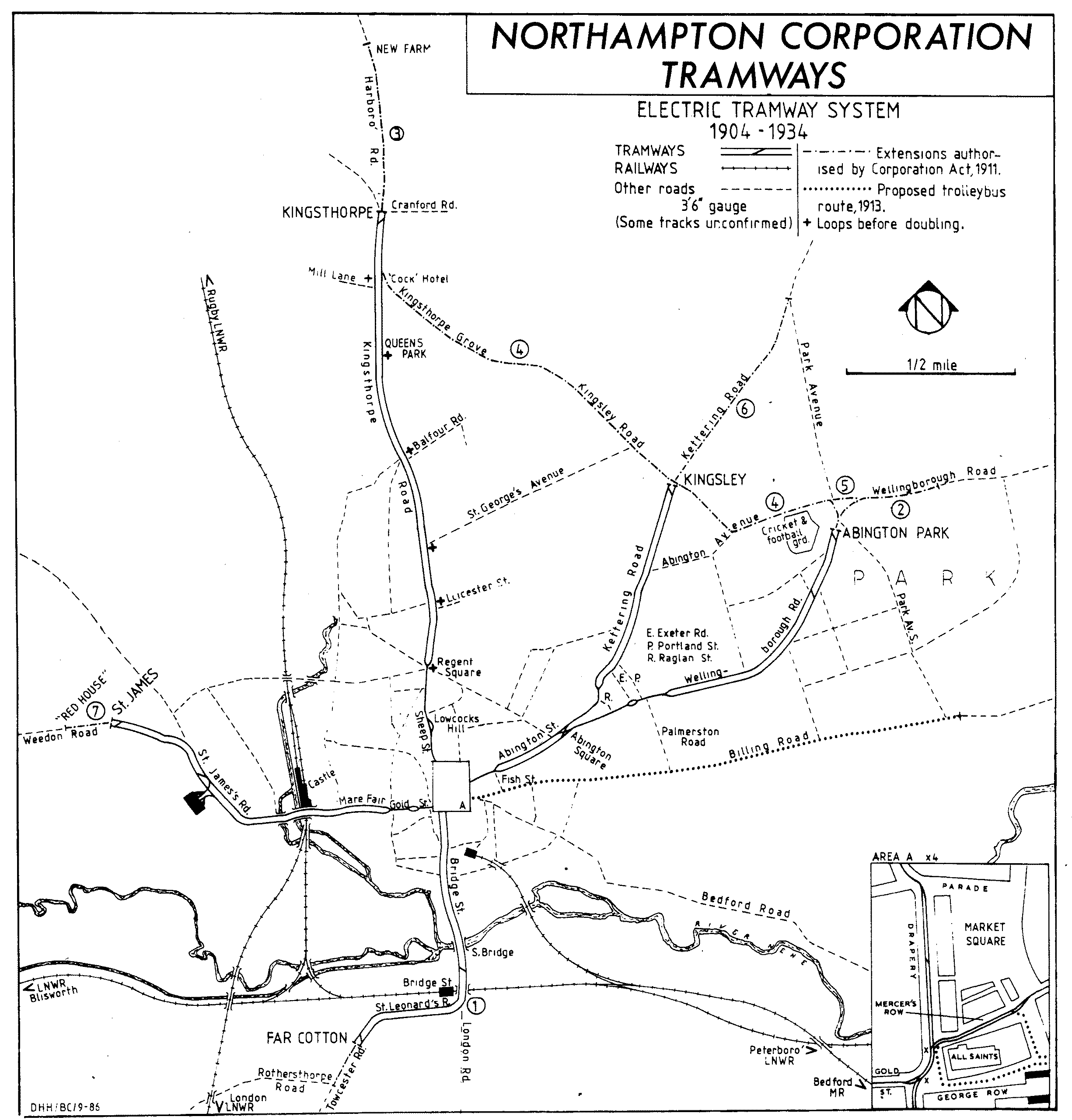A Town with Two Faces: Generosity and Reserve
When researchers arrived in Northampton in 1924, they found a town with a curious dual personality. Town officials were remarkably open and helpful, offering every document and detail the investigators needed. Yet householders—particularly those who were better off—were wary, suspicious, and often tight-lipped.
This contrast may reflect a deeper truth about Northampton at the time: a town that was prosperous and proud, yet cautious about revealing too much.
A County Town in Spirit, an Industrial Town in Fact
Set in the valley of the Nene, Northampton still felt deeply connected to the countryside. A short walk from almost any part of town rewarded visitors with open fields and broad views. The historic centre retained an air of dignity and unhurried calm—an atmosphere joked about by Leicester people as “dead-and-aliveness.”
Despite expansion, the town never acquired the grime or noise of northern industrial districts. Its boot and shoe factories were modest beside the blast furnaces of Middlesbrough or the pitheads of South Wales. In 1924, with the trade performing well, residents enjoyed clean air and a quieter industrial landscape.

Growing Steadily, Not Spectacularly
Over 75 years, Northampton’s expansion was steady and undramatic. Outlying villages had become suburbs; only Dallington still remained for future absorption. The most noticeable development was eastward, encouraged by new estates on higher ground. Far Cotton grew rapidly in the south.
Kingsthorpe and east of Kingsley still remained comparatively undeveloped, partly due to the physical barrier of Kingsthorpe Hollow.

Trams, Buses and Affordable Fares
By the early 1920s Northampton’s transport services were considered strong. Trams ran in almost every direction, reaching the town’s outer edges except for the low-lying, flood-prone south-east. Fares were low—never more than 2d from All Saints’ Church, often 1½d—and many workers travelled at half-fare before 8 a.m. This contrasts with the modern practice of peak rates for commuters.
Two circular bus routes allowed residents to travel between suburbs without passing through the centre: the No. 8 from Kingsthorpe to Abington and on to the town centre and the No. 9 from Kingsthorpe to St James and the town centre via Castle Station.
Read more in this series:
- Researching inequality – Northampton and the Welfare State
- Northampton on the Eve of Change: Life in 1913 and 1924
- Parks, Libraries and Leisure: Northampton’s Social Life in the 1920s
- Schools, Skills and Community: Education in Northampton, 1913–1924
- Work, Housing and Health: Northampton Behind the Numbers (1924)
© Copyright : Graham Ward. All rights reserved.